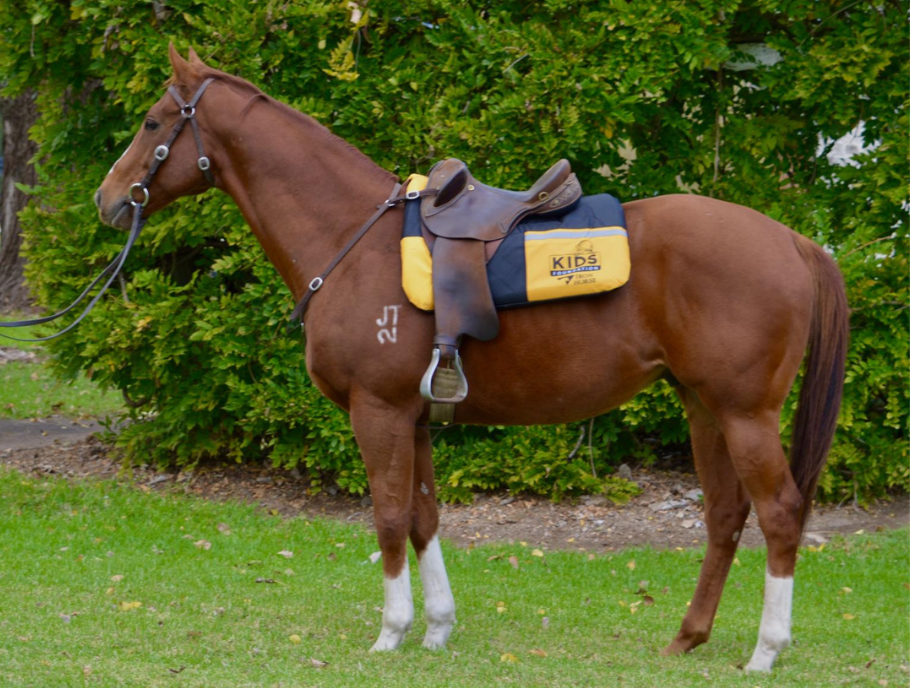
Strategic Worming – Achieving Good Parasite Control On Your Property
By Dr Carly Garling
Evidence shows that resistance to worming medications is increasing and could soon lead to therapeutic failure (you won’t be able to rid the parasites from your horse or your paddocks.) Therefore, it is important keep parasite numbers on your property to a minimum and not unknowingly cause resistance in your pastures.
Despite previous advice to the contrary, it is now deemed inappropriate to treat all horses the same for parasite control as 20% of horses will shed 80% of parasite eggs on a property. It is important to identify which of these horses are shedding the majority of the eggs and treat these “high shedding” horses with the appropriate drug.
New Parasite Control Goals
The goal of any parasite control program can be summarized as follows:
1. Minimize the risk of parasitic disease.
2. Control parasite egg shedding.
3. Maintain effective drugs and avoid further development of anthelmintic resistances.
Achieving These Goals
Identify high shedders – If you blanket treat all horses on the property, you will be encouraging resistance to the drugs available. You should know the egg shedding of individual horses by conducting regular faecal egg counts (FEC).
Treatment should be timed to kill worms before they turn into large numbers of eggs in the environment. Treatments are only necessary when environmental conditions are conducive to egg/larvae development and survival.
When temperatures are extreme such as in the middle of winter or summer or during droughts, you are best not to worm your horse as more than likely the number of parasites on the pasture is very low. The old practice of “dose and move” is now considered wrong as it selects for resistance within the worm population throughout your paddocks.
Horses younger than three years are more susceptible to parasite infection and are more at risk of disease, therefore targeted treatments based on FEC are not recommended. In the first year of life a foal should receive four anthelmintic treatments. The first should be at three months of age and the second de-worming is recommended just before weaning. At weaning, a FEC is recommended to establish the worm population of your weanling so appropriate treatment can be given. Further treatments at nine and twelve months should be primarily targeting Strongyles. Weanlings should be turned out into the “cleanest” pastures to minimize chances of worm burden. Yearlings and two-year-olds should be handled as “high shedders” and be treated three to four times per year.
Parasite numbers and resistance differs from property to property and the only way to accurately assess it is through faecal egg counts on your horses. It is best to contact your veterinarian to discuss a strategy and surveillance program tailored to your needs.
Common Parasites
- Cyathastomins – Small Strongyles – very common in horses (you can assume your horse will have these worms) and can cause fatal colicwhen worms reach high enough numbers.
- Pascaris Equorum – Large Round Worm – common in young horses, it can cause intestinal/lung blockages and death.
- Oxyuris Equi – Pin Worm – can cause your horse to itch their tail.
- Anoplocephela Perfoliata – Tapeworm – a common cause of scouring, colic and stunted growth.
- Gasterophilus Spp. – Bots – can cause colic, mouth ulceration and stunted growth.
- Strongylus Vulgaris – Large Strongyles – can cause colic and anemia.
Latest Horses
Team Thoroughbred Newsletter
Subscribe to Redzel’s Roundup, the Team Thoroughbred e-newsletter, and be the first to know about our special events and activities, receive important information from our equine welfare veterinarians, read good news stories, go into the draw for Team Thoroughbred giveaways and most importantly be part of a passionate community of Thoroughbred lovers!


